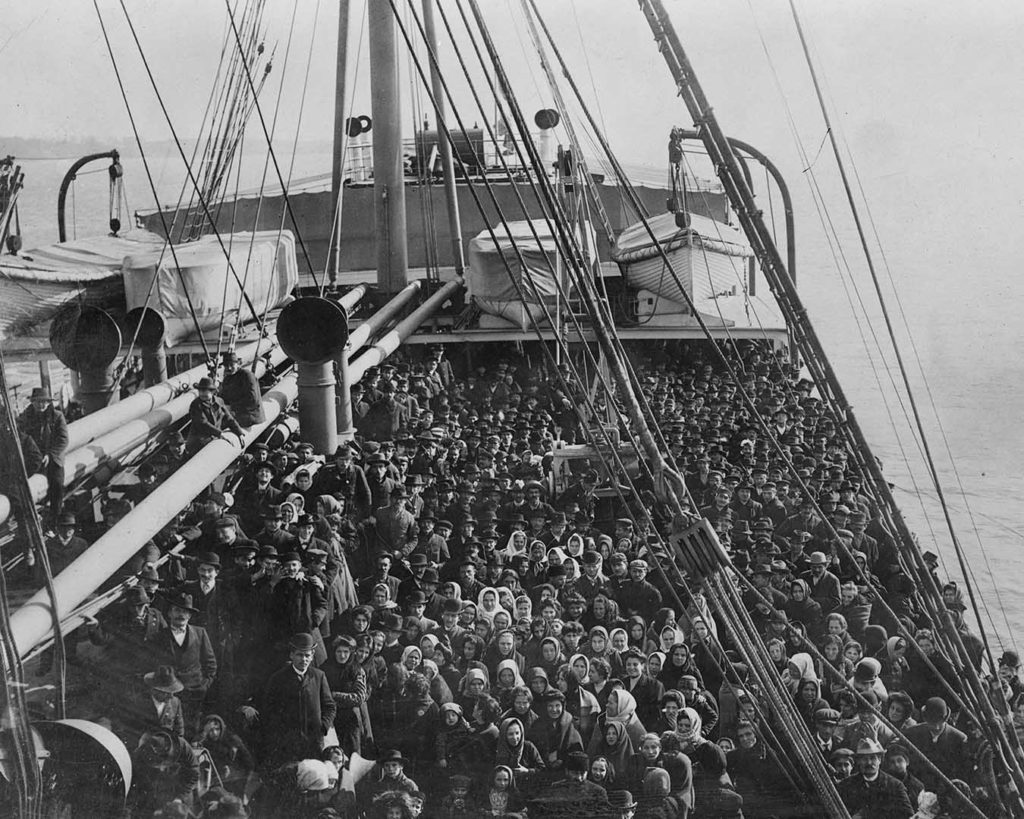Chapter 1

Introduction
By its 20th anniversary in 1913, Henry Street is well established. Its work is a distinctive blend of public health nursing, social work, and activism. As society’s views on poverty and social welfare—and who should support it—shift, though, it will have to adapt to survive.
Over time, many settlement houses would close, rocked by changing political and social environments, changing attitudes towards poverty, and changing funding sources. Some, though, survive as vital community centers.
Henry Street Settlement—nimble, innovative, and on-the-ground—is one. And it fights for many of the same issues rights it always has: decent housing, jobs, access to education, nutrition, and more.
Essentially, today we are staring down the mouth at the same social conditions that described the whole reason we were founded. Same issues; different characteristics, different characters.
– Henry Street Settlement Executive Director David Garza, 2018
Being on the ground, in the community, Henry Street is still a first responder in times of need. It helps residents after 9/11; here, it distributes vital supplies to neighbors affected by Hurricane Sandy in 2012.
The Settlement is still making a difference in the neighborhood and the city and in the lives of real people—its “neighbors.”
It is a steady influence. A welcoming neighbor. And a place of action, guided by the beliefs that shaped it.
Each of us is whole and worthy.
Poverty is a social issue.
There is power in bridging differences.
Neighbors matter.
In times of need, act.
If the public will continue to encourage us…we are ready to go on…not with a fixed program, but moving with our times.
– Henry Street founder Lillian Wald, 1913
To follow Henry Street’s evolution through the decades–from its 20th anniversary in 1913 and into the 21st century–view the Timeline.Learn more about Henry Street Settlement today.